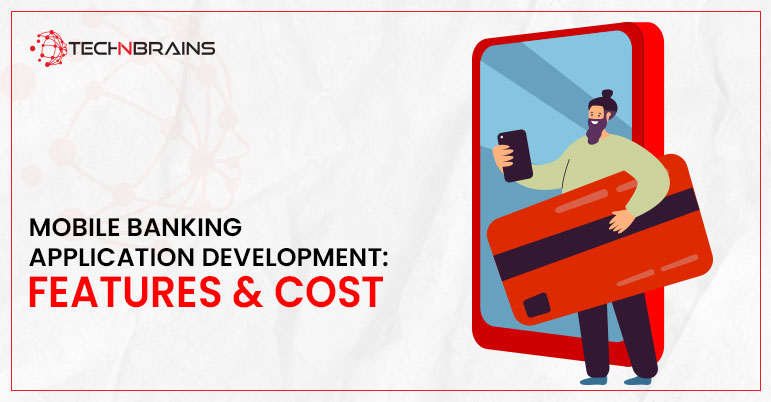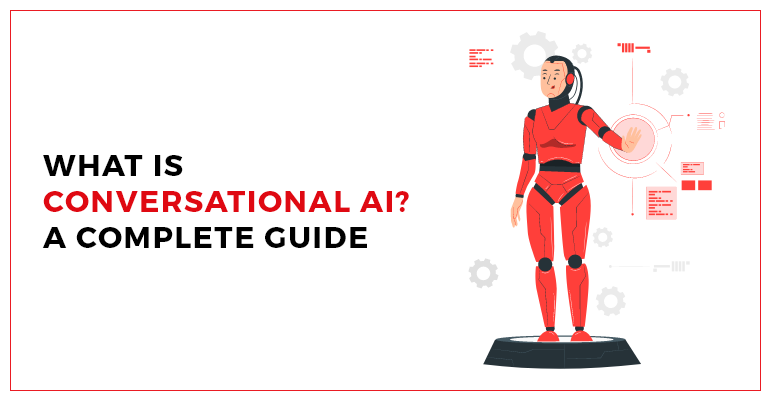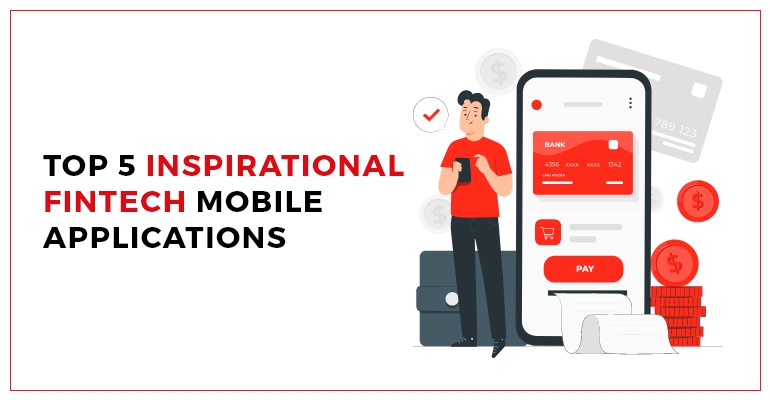Regardless matter of how slow we label technological adoption in the financial sector, one transformational event cannot be overlooked: a large portion of individuals willingly migrating from desktop and branch-visiting banking to mobile banking.
Mobile banking apps are becoming one of the most popular ways for users to access their bank accounts and conduct transactions. The appeal of mobile banking is so strong that banks of all sizes and different locations are growing their online banking app development offerings and looking for methods to make them more modern and technologically advanced.
In this article, we will look deeper into the features and costs of a mobile baking application.
FEATURES
Several characteristics come together to form a well-planned mobile banking app development process. It can be good to look into why individuals use banking apps in the first place to get an idea of which one is the finest.
1- ACCESS TO THE APPLICATION
A banking application, like the majority of applications, begins with authorization and registration. The banking application’s sign-in option should be simple to use while still being extremely secure. When creating a banking app, most companies choose between PIN entry and fingerprint authentication. A multi-factor authentication method can significantly improve the application’s security.
2- ACCOUNT INFO
Users should access their bank accounts, such as account numbers, balances, card numbers, and names. Several successful examples demonstrate the importance of highlighting the function of checking credit and other information in the initial screen that appears when a user logs in.
3- PAYMENT AND TRANSFERS
The capacity to perform real-time payments and transfers is the next must-have feature of a banking application. There should be a separate section for transfer activities that allow users to add beneficiaries, examine account balances before and after transfers, etc. To enable money transfer, you should also require users to enter their password/PIN or fingerprint at the payment step.
4- TRANSACTION HISTORY
Real-time transaction history is another important feature of a banking app. On a more general topic, you should allow your users to examine their transaction history for the period they desire, i.e., custom date setting.
5- PUSH NOTIFICATION
Not only can a well-thought-out push notification strategy help you retain clients, but it can also help you enhance app engagement.
Push notifications are often classified into three categories:
- Application-based: Submission of a document or a request for a password change
- Transaction-based: Users will be notified about anything relevant to their bank accounts.
- Promotion-based: Users should be informed about special offers, discounts, and deals.
6- ATM AND BANK LOCATIONS
It is one of the most valuable features available in a banking app. Apple or Google Maps should be included in the app to assist users in finding nearby bank facilities and ATMs.
7- IN-APP CHATTING
Chabot’s can improve the banking experience in a variety of ways. The first is to make banking available to consumers 24 hours a day, seven days a week. A Chabot designed with security in mind can help users maintain track of their account information, verify if a certain amount has been credited to their accounts, and so on.
While these are the essential aspects that determine how to construct a mobile banking app, several advanced features can help you get the most out of your investment in mobile banking development services. Regular payments, QR scanning, integration of third-party services such as investment portals, hotel or travel booking choices within the app, and so on are all possibilities.
8- SPENDING TRACKERS
Even if user needs aren’t obvious, mobile banking development should be centered on them. This feature allows users to manage their budgets and establish targets for desired purchases. The system may provide a personalized dashboard based on user data, provide required incentives, and keep users updated on their progress.
Users can also schedule payments and bills in advance so that they do not miss an important transaction.
COST
The cost of the mobile banking application depends on certain factors, which can make the mobile app cost varies from high to low prices.
1- COMPLEXITY AND FEATURES
The feature set of a mobile banking app is the first factor that influences the development cost estimation. The higher the level of sophistication, the higher the development cost. For example, the more extensive the entire cost range, the further you move away from a typical mobile banking app and toward the inclusion of Blockchain for IoT in the application.
2- DESIGN OF THE APPLICATION
A mobile banking application contains various data, including account information, money transfer details, customer support information, and a live chatbot, among other things. It is pretty simple to construct a design that strives to include all of the necessary information. On the other hand, minimalistic design is required and appreciated, and it has its price tag in the mobile app design cost list.
3- TECHNOLOGY INTEGRATION
Technology integration is another critical issue that directly impacts the cost of developing a banking app. While we recommend incorporating new-generation technology such as AI or Blockchain to future-proof your financial applications, they can significantly increase development costs.
4- LOCATION OF THE COMPANY
The agency’s location is the final component. The cost of app development rises as you move from East to West. All of these factors combine to determine the cost of developing a banking application. Share your concept with banking software specialists if you’re seeking a numerical value. They’ll assist you in validating your app concept while also providing a pricing estimate.
STATISTIC FOR MOBILE BANKING APP DEVELOPMENT
The following are some significant statistics from different research on mobile banking development that are worth noting:
- According to Statista, in the United States, 48% of 18-24-year-olds use mobile banking apps at least once a week, while 24% of persons in their thirties do so a few times a month.
- According to Exicon, the world’s largest banks have invested about $80 million in mobile banking applications and have released 606 of them.
TRENDS FOR 2021
While you are planning to develop your bank application, it is essential to keep the current mobile banking development trends in consideration.
ATM CONNECTIVITY
Customers will be able to handle their ATM transactions without fumbling for their debit cards, as well as avoid typing passwords in a public setting, thanks to advances in QR code scanning and near-field communication technologies.
VOICE COMMANDS
The financial sector will utilize voice technologies to a more significant extent. By just beginning a voice request, users would check their bank balance or send money to others in their contacts.
INTEGRATION OF AI
The payment and banking industries will witness a variety of novel AI use cases this year. Banking organizations will integrate AI and Machine Learning to a large extent, from fraud detection to developing a 24×7 connection between people and banks.
IMPROVED APPLICATION SECURITY
Although banking is still one of the most secure industries, it will be unhackable by 2021. Here are some of the features we’ll be including in banking apps to make them more secure:
- Fingerprint authentication
- Real times alert
- Incorporation of AI for fraud detection
- End to end encryption
ENDNOTE
All of this demonstrates that mobile banking application development provides numerous chances to create a customer-centric banking experience. There is still room for helpful banking apps in this area, so start planning yours now. Find the perfect team of developers and start developing your banking app.





